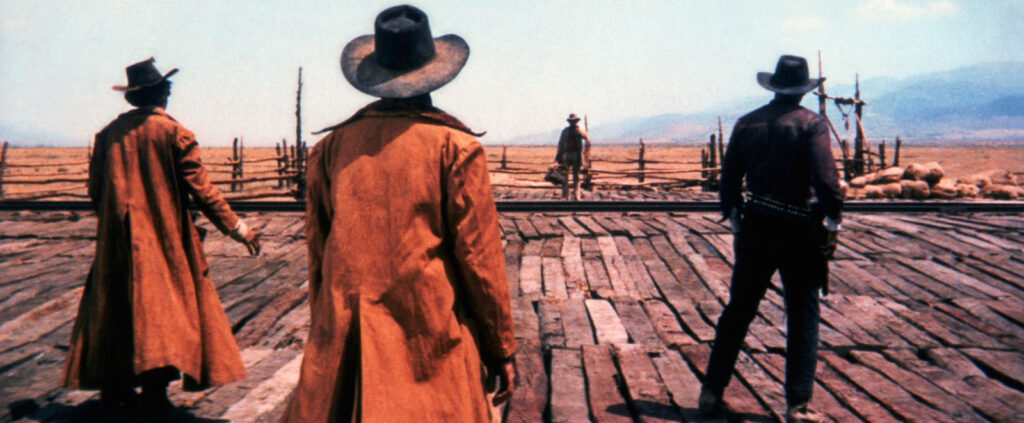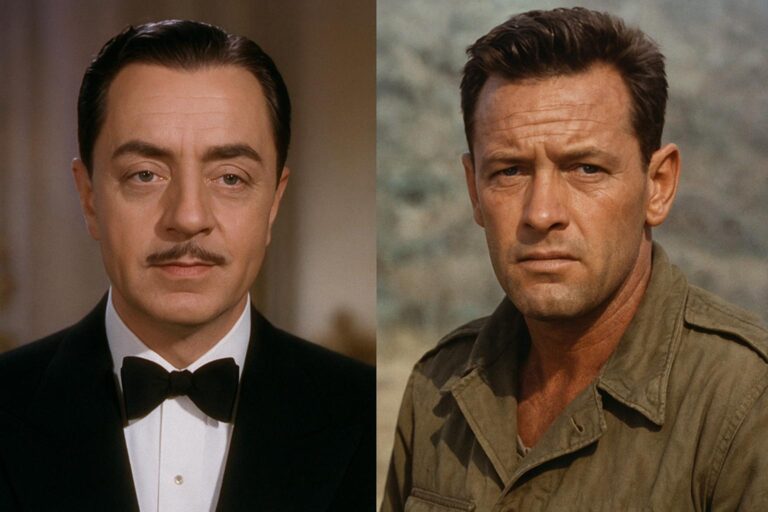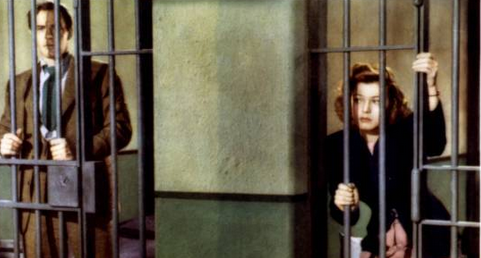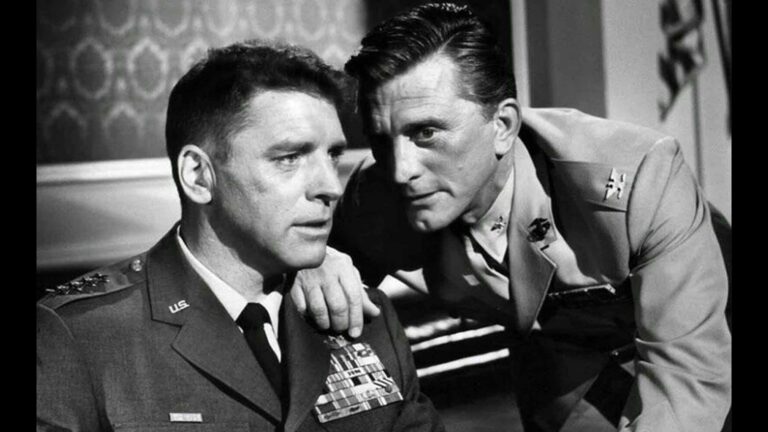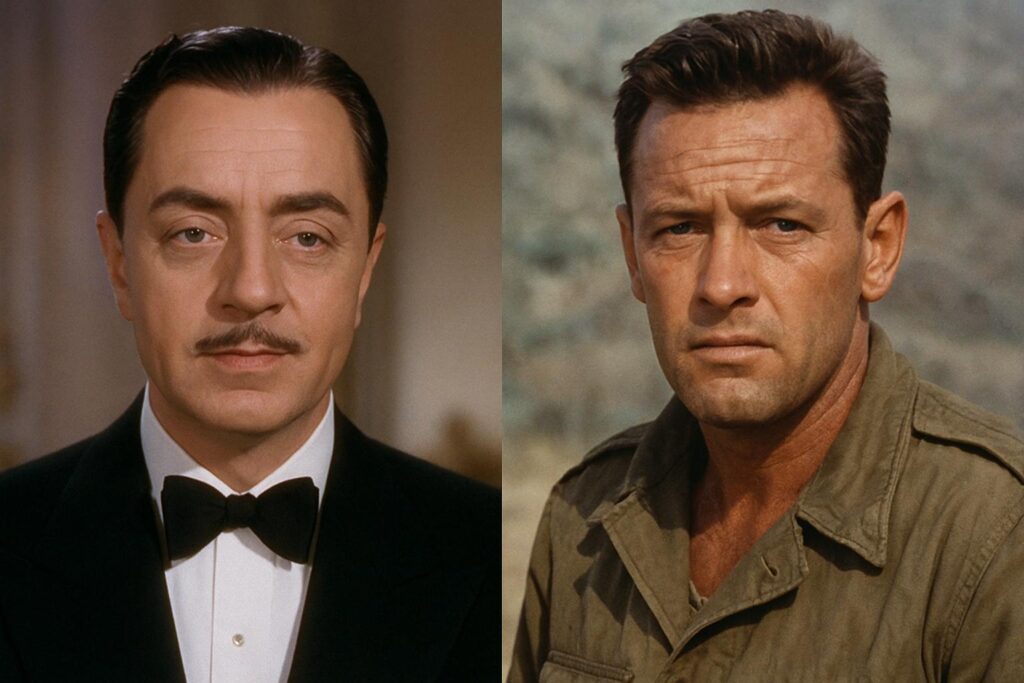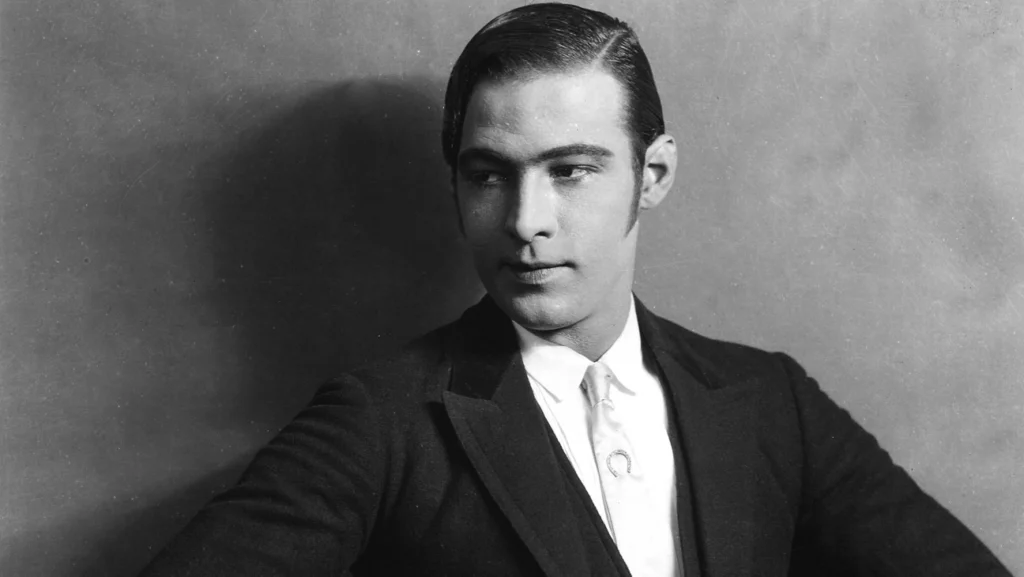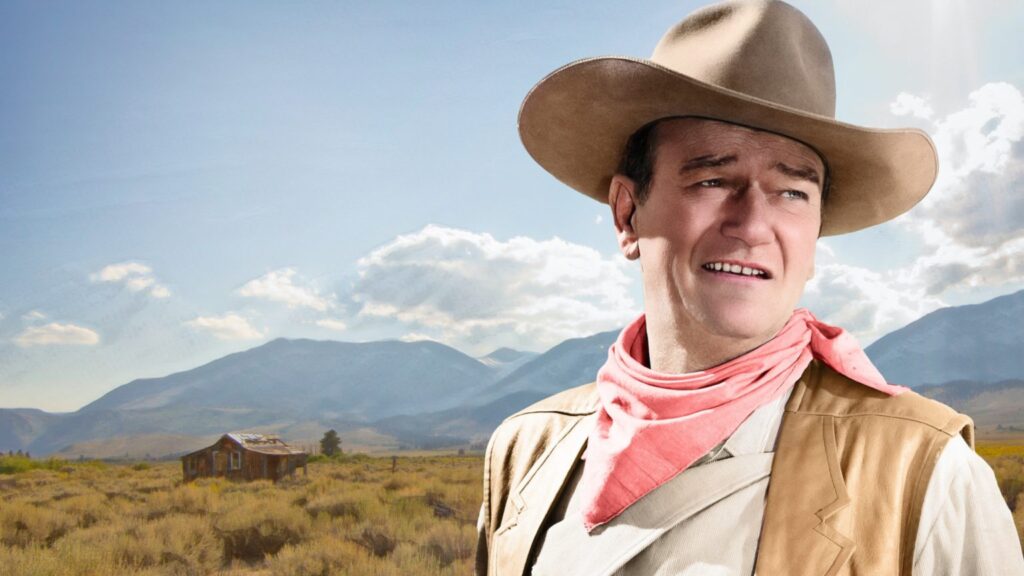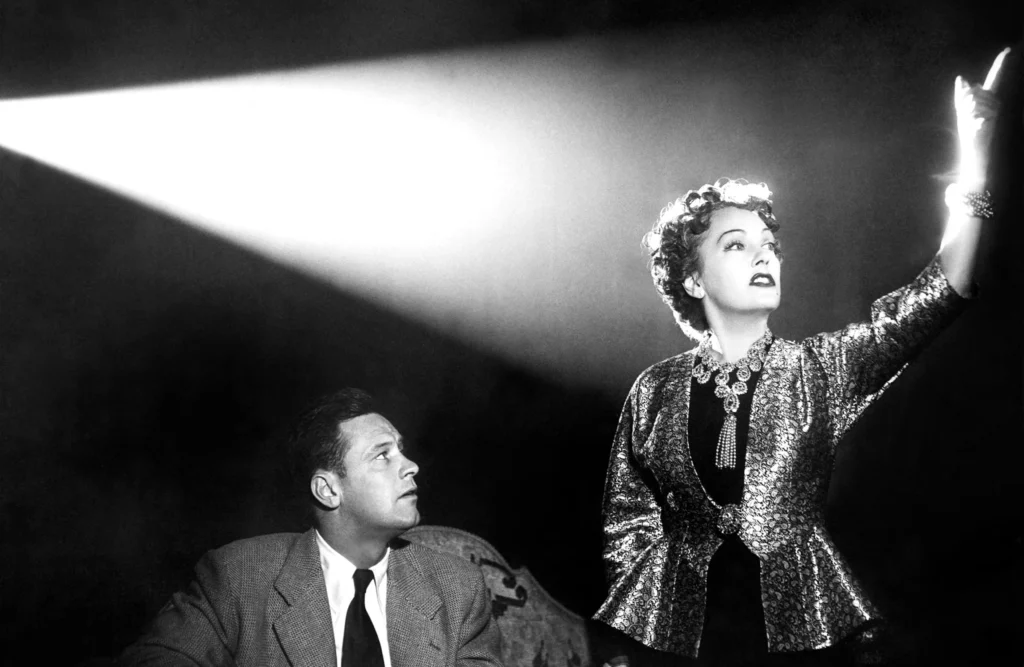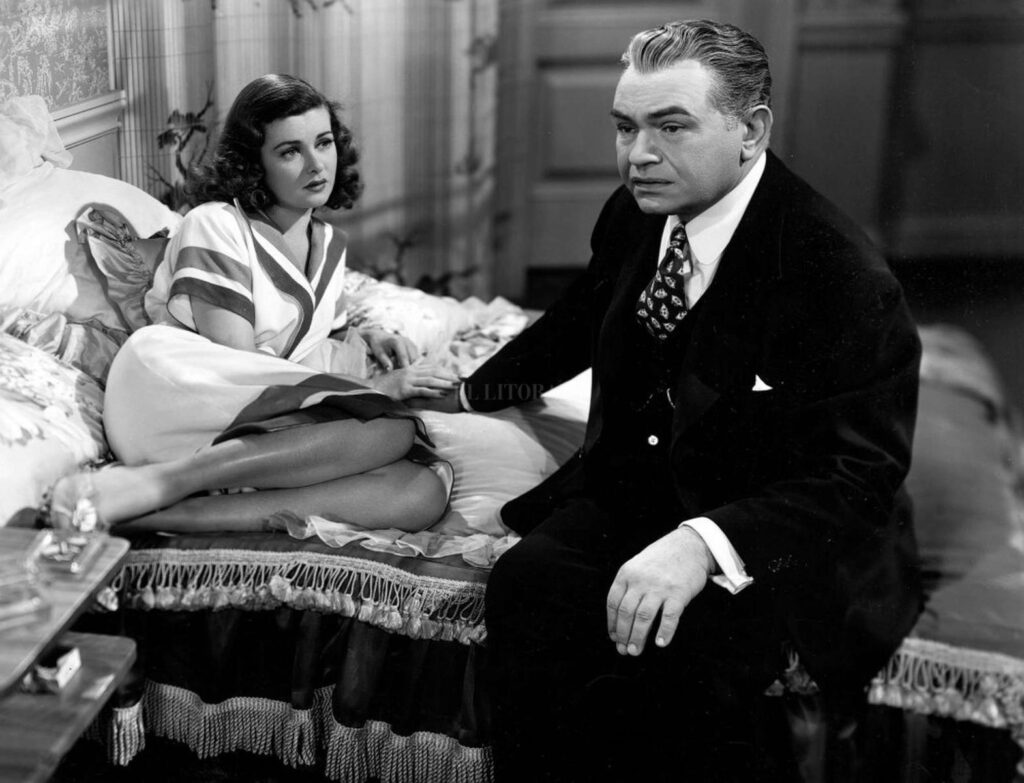Few genres have shaped the cinematic landscape quite like the Western. From its earliest days, the Western has captured the imagination of audiences, transporting them to a world of rugged cowboys, lawless outlaws, and the untamed frontier. But within this genre, two distinct traditions have emerged—classic Hollywood Westerns and the European-born Spaghetti Westerns. While both share the backdrop of the American Old West, their approach to storytelling, visual style, and thematic depth set them apart in fascinating ways.
Classic Westerns, the foundation of the genre, were largely shaped by American filmmakers in the early 20th century. These films embraced the ideals of heroism, justice, and the triumph of law and order over chaos. They painted a romanticized vision of the frontier, where noble cowboys stood against the forces of lawlessness, often in sweeping landscapes that emphasized the grandeur of the American West. The visual style was polished, the gunfights carefully choreographed, and the moral lines clearly drawn—heroes were virtuous, villains were ruthless, and justice always prevailed.
Spaghetti Westerns, by contrast, emerged in the 1960s, largely driven by Italian filmmakers who reimagined the genre with a grittier, more cynical edge. These films, often shot in Spain rather than the American West, presented a harsher, more unforgiving frontier—dusty towns, sun-scorched landscapes, and characters whose morality was anything but clear-cut. The protagonists were often antiheroes, driven by personal motives rather than a strict sense of justice. Revenge, existentialism, and the unpredictability of human nature took center stage, challenging the traditional notions of good and evil.
The stylistic differences between the two subgenres are just as striking. Classic Westerns favored majestic vistas and sweeping orchestral scores, with composers like Dimitri Tiomkin crafting grand, evocative soundtracks that underscored the epic scale of the stories. Spaghetti Westerns, on the other hand, introduced a bold, unconventional approach to sound—most famously through the work of Ennio Morricone, whose innovative use of whistles, electric guitars, and haunting melodies became synonymous with the genre.
Despite their differences, both classic Westerns and Spaghetti Westerns have left an indelible mark on cinema. The former defined the genre’s early years, shaping the mythology of the American frontier, while the latter reinvented it, offering a raw, unfiltered perspective that resonated with a new generation of filmmakers and audiences alike. Today, both traditions continue to captivate viewers, proving that the Western, in all its forms, remains one of the most enduring and influential genres in film history.


